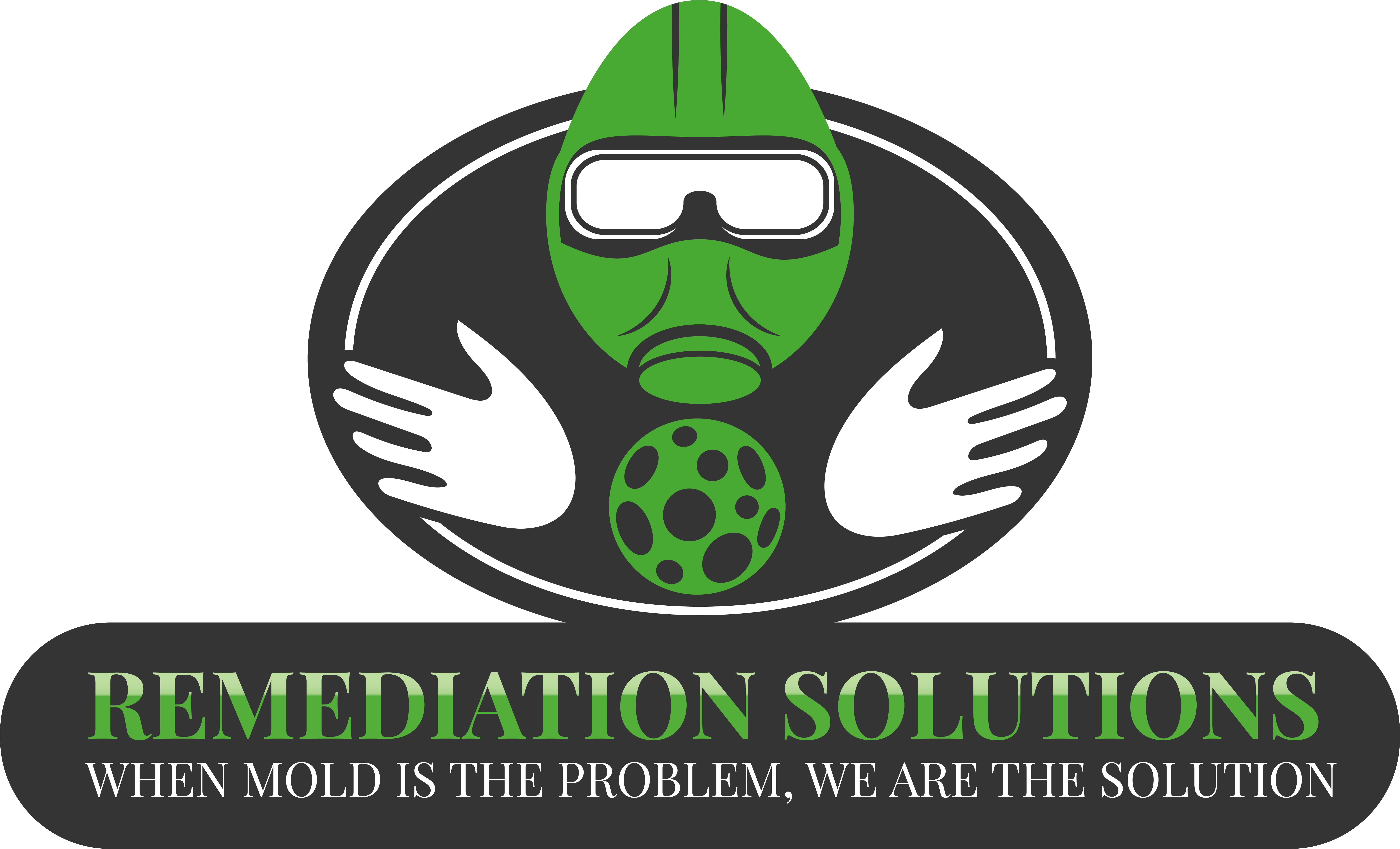Mold Prevention
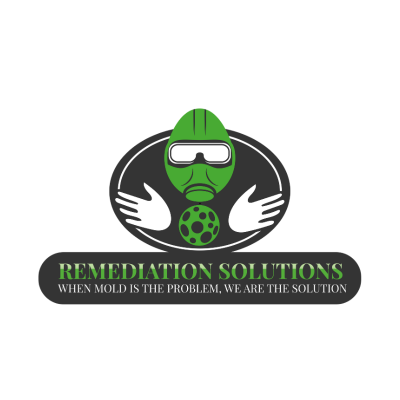
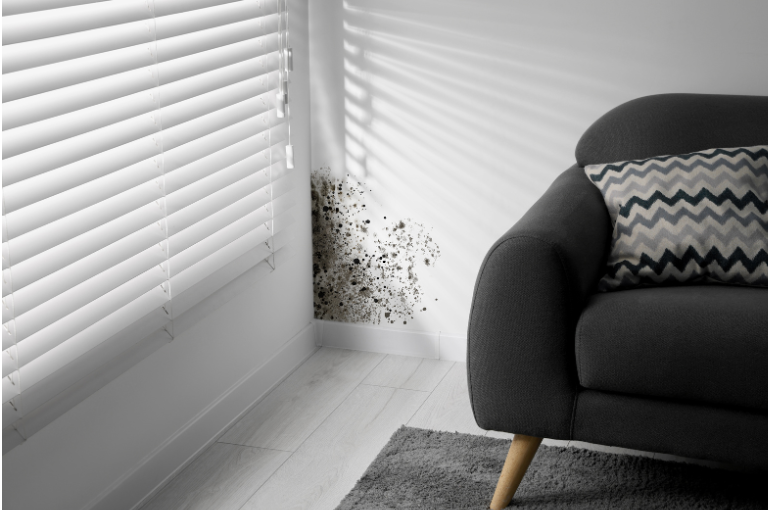
Mold Prevention Services
The best mold solution is always prevention when possible. It is much more efficient and cost-effective to proactively stop mold growth than to deal with contamination and remediation. By addressing areas prone to moisture and humidity early, you can help maintain a healthier, mold-free environment for longer. Regular inspections, proper ventilation, and immediate attention to leaks or water damage are essential steps in mold prevention. Not only does prevention save on the expenses of professional remediation, but it also protects the integrity of your space and contributes to better air quality and overall health.
The key to mold prevention is the elimination of suitable growth habitat. The two things required for mold growth inside a building are food and moisture. Mold feeds on organic material and can draw moisture from almost any wet surface or humid air. The organic food sources that mold seeks include wood, cotton fabrics, drywall, carpeting, paper, insulation, books, furniture, air conditioner components, and many construction materials.
Air Leak Testing
Air that contains high levels of moisture flows from areas with high pressure to areas with lower pressure. Structures that are not properly sealed or that have developed leaks allowing outside air to penetrate inside are prone to humidity issues. Ceilings are especially susceptible to exterior air flows because of negative pressure. When humid air comes inside, water will condense on anything it contacts when temperatures fall below the dewpoint. Professional testing can determine if buildings are adequately sealed and that high moisture airflows are prevented.

Completely removing all organic materials that can feed mold in residential and commercial structures is nearly impossible. Therefore, the most effective approach to mold prevention is through careful moisture detection and control. Ideally, indoor relative humidity should remain below 50% at all times to reduce the chances of mold growth.
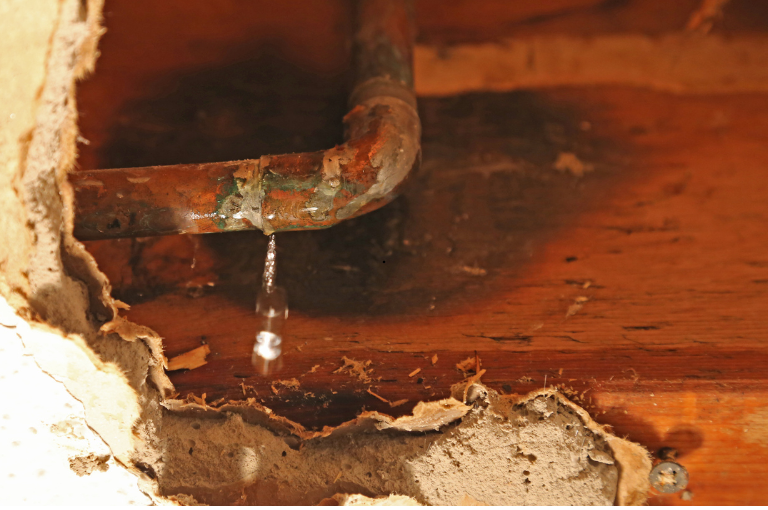
Plumbing Leak Testing
Any undetected plumbing leaks present an obvious risk of excessive interior moisture that will support mold growth. Visual inspections of exposed plumbing will not provide a proper impression of any plumbing problems. A professional inspection of all plumbing serving a building is necessary to determine if any leaks are present that can promote concealed interior mold growth.
Many practical methods are effective in keeping humidity levels low inside buildings. Efficient air conditioning in warm weather and dehumidifiers in colder weather help maintain healthy humidity levels. Properly ventilated buildings are less likely to harbor excessive moisture. Proper exterior drainage systems help move rain and runoff away from buildings. Carpets and upholstery that is not immediately and thoroughly dried after becoming wet should be replaced, and carpeting in bathrooms and kitchens should be avoided.
Ventilation Testing
Kitchens and bathrooms are naturally high humidity environments inside buildings. The commonly found ventilation systems in these areas are often inadequate in providing sufficient air ventilation to pull moisture out of the interior surroundings. Professional testing can determine if installed ventilation equipment is working efficiently to remove humid air and expel it entirely to the exterior of the building.
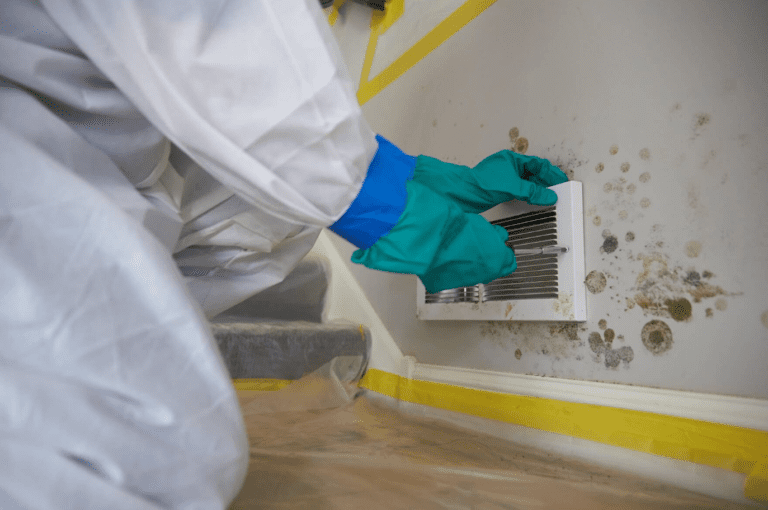
In addition to these steps, professional testing of buildings is necessary to ensure that moisture is not entering or remaining inside where mold growth can occur. There are a number of tests than can determine if repairs or corrective steps are necessary for interior moisture control.
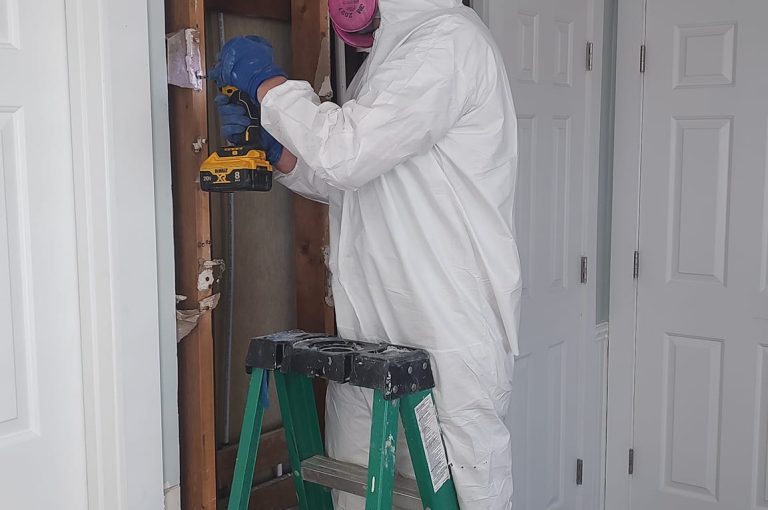
Moisture Transfer Testing Through Floors and Walls
Cement and concrete structures used in flooring and foundations are much more porous than meets the eye. Drywall and other wall construction materials also can allow for moisture transfer from outside buildings to the interior. A professional inspection and testing can determine if there are any issues with moisture transfer through solid building materials.

